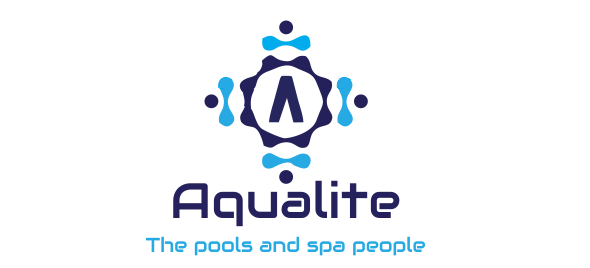In the wake of recent floods that have wrought havoc in many communities, one often overlooked area of concern is the impact on swimming pools. Floodwaters can cause extensive damage to pool equipment, structures, and water quality, making it essential for pool owners to take proactive steps to restore their pools to optimal condition. Effects of Floods on Swimming Pools Floodwaters can wreak havoc on swimming pools, causing contamination, structural damage, and equipment malfunction. Debris carried by the flood can clog filters and pumps, leading to water stagnation and the growth of harmful bacteria. Additionally, the excess water pressure from flooding can cause cracks in the pool’s walls or floor, compromising its structural integrity. After the floodwaters have subsided, it is crucial to take immediate action to prevent further damage to your swimming pool. Here are some guidelines on how to prepare your swimming pool for recovery after a flood: i) Assess the Damage After the floodwaters have receded, carefully inspect your swimming pool for any visible damage. Look for debris, sediment accumulation, or structural issues that may have arisen during the flooding. Take note of any broken equipment or contaminated water that needs addressing. ii) Safety First Before attempting any cleaning or maintenance tasks, prioritize safety measures. Ensure that the electrical supply to the pool is turned off, and wear appropriate protective gear such as gloves and masks when handling contaminated water or debris. iii) Clean and Drain Remove any debris, mud, or leaves that may have accumulated in the pool during the flood. Use a pool net or skimmer to clear the surface, and consider draining the pool if the water is heavily contaminated. Be cautious not to drain the pool too quickly, as it could cause structural damage. iv) Inspect Equipment Check all pool equipment, including pumps, filters, and heaters, for damage. If any equipment has been submerged in water, it may need to be professionally inspected or replaced to ensure safe and effective operation. v) Restore Water Quality After cleaning and draining the pool, refill it with fresh water. Test the water for proper chemical balance and adjust as needed to ensure optimal water quality. Consider shock treating the pool to eliminate any bacteria or contaminants that may have entered during the flood. vi) Monitor and Maintain Once your pool has been restored, it’s essential to monitor water quality regularly and maintain proper pool chemistry. Keep an eye out for any signs of contamination or equipment malfunction and address them promptly
Monthly Archives: May 2024
Maintaining the proper balance of chemicals in your swimming pool is essential for ensuring a clean and safe environment for swimmers. Two important chemicals that play a key role in pool maintenance are pH Plus and pH Minus. Understanding the meaning and significance of these chemicals will help you keep your pool water balanced and inviting. pH is a measure of how acidic or basic the water in your pool is. The pH scale ranges from 0 to 14, with a pH of 7 considered neutral. A pH below 7 indicates acidic water, while a pH above 7 indicates basic water. The ideal pH range for a swimming pool is between 7.2 and 7.6, as this range is most comfortable for swimmers and helps to prevent issues such as skin and eye irritation. pH Plus, also known as alkalinity increaser, is a chemical that is used to raise the pH level of pool water. If the pH of your pool water is too low, it can lead to issues such as corrosion of pool equipment, skin and eye irritation, and inefficiency of sanitizers. By adding pH Plus to your pool water, you can bring the pH level back into the optimal range and maintain a comfortable swimming environment. On the other hand, pH Minus, also known as acidifier, is used to lower the pH level of pool water. If the pH of your pool water is too high, it can lead to problems such as cloudy water, scale formation, and reduced effectiveness of chlorine. Adding pH Minus to your pool water helps to bring the pH level down to the desired range and ensures that your pool water remains clear and balanced. Maintaining the proper pH balance in your swimming pool is crucial for ensuring the health and safety of swimmers, as well as preserving the integrity of your pool equipment. By understanding the roles of pH Plus and pH Minus and using these chemicals as needed


